Sterling Wells graduated from the Rhode Island School of Design for Painting. He currently lives and works in Brooklyn, New York. Recently, he has shown at The Bruce High Quality Foundation’s 2012 Brucennial. During his studio visit, Sterling talks about what he looks for in a studio space, his past work and his works in progress.
F: Have you been focusing more on sculpture than painting? I know that you were painting from your sculptures at RISD but now it seems to be primarily about the sculpture.
SW: Right, the sculpture has kind of taken over.
F: Theres this juxtaposition from this nature and this found automotive aspect but then this [the sculpture from the Brucennial] is very nature oriented versus this even though its anthropomorphic, it’s still seems machine driven. Is there that conflict?
SW: Everything is about the natural things and human made things and our relationship to nature and I guess the idea of this was to try to make this really synthetic looking plastic into a really organic form. By taking these two opposite things and trying to bridge them and seeing what that synthesis turns into.
F: It almost seems like this isn’t anthropomorphic at all. It almost has nothing to do with the figure in some way and from what I remember from RISD, it was almost these kind of landscapes and this kind of ‘peering through different passages’. These automotive parts become “natural” but how did that make its way into the figure?
SW: It was kind of an accident. I have been on this path of making representations of water to paint from. I made an aquarium that turns into a coral reef in my studio, I made a pond and I did paintings of that and so then the next thing I wanted to make was a waterfall. And so I had to figure out a way to keep the water up in the air.
I came up with the idea of making columns that would hold it up. The columns would hold up this basin and then the water would cascade from the basin. So I saw this [second styrofoam column] as futuristic and I saw that [first box column] as modern. I was thinking of these columns representing art history and I wanted to make one that was Classical. I started thinking about this thing holding up the basin kind of like a Caryatid (Grecian women who are the support for architecture). I started thinking about that idea but mainly its this thing that unifies the American perception of landscape through the car. The anthropomorphic perception of cars. The bilateral symmetry of cars that mimics the figure. Cars that are people. Plus, this previous idea of this being a ruin in a jungle.
I have a lot of visions of what this [sculpture] is going to become. I want to make my studio into this ultimate landscape where I would want to paint from. This [photograph seen below] is a place called which I went to when I was in Mexico. This is why I wanted to make a cement statue in a jungle.
F: So these are ancient ruins?
SW: No, these were actually built from 1949-1984.
F: So do you think you’ll create more than one figure? Once this figure is complete, would you create more figures because of the architecture that you’re referencing?
SW: I can’t imagine there being more than one figure.
SW: I don’t ever like to paint sculpture, I paint color through light.
F: Getting back to the whole reason to why you’re creating this and how you wanted to represent a waterfall and how you needed a way to do that, would you then go back and paint from this? If so, what would be your final product?
SW: Well I am a landscape painter but it began to feel kind of limiting to paint the existing landscape from observation. I started building landscape-esque environments in my studio on eye level platforms so there was that depth. I painted from those but I never made a really large painting from observation because working outside, the scale is sort of limiting. So I thought that a way for me to make a really large painting from observation was to make a really large set-up and that’s what this is. I think it would be really great for it to be one to one.
F: Also in terms of water and movement and the ephemeral nature of it, your documentation of it is like creating a moment in time as opposed to creating a sculpture thats always moving. Are you interested in water because it’s hard to reproduce? Can you talk about that?
SW: I think part of it is because I’ve used watercolor a lot. I did a big project with swimming pools. I don’t know but I’ve always been very attracted to water. I just think its one of the most interesting things to paint. I especially want to recreate water and mist and light. It’s such a challenge.

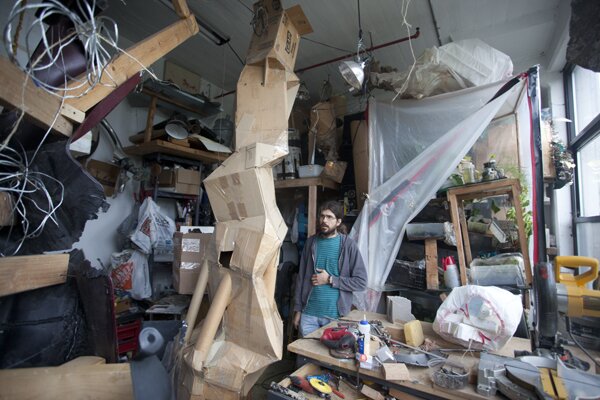
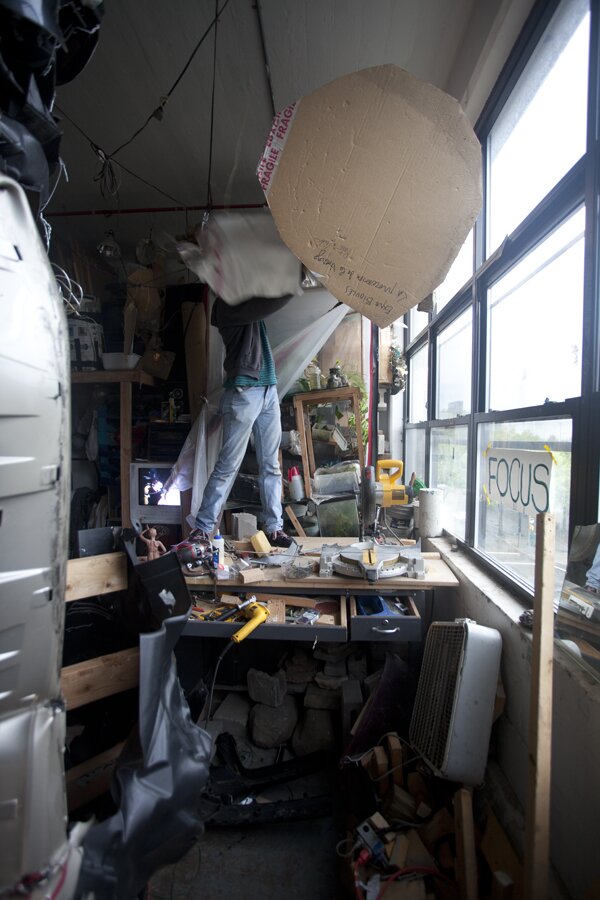

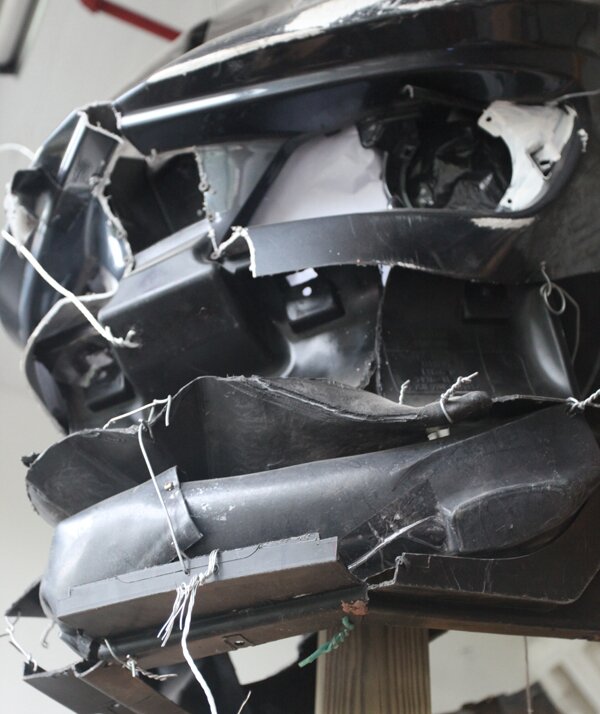
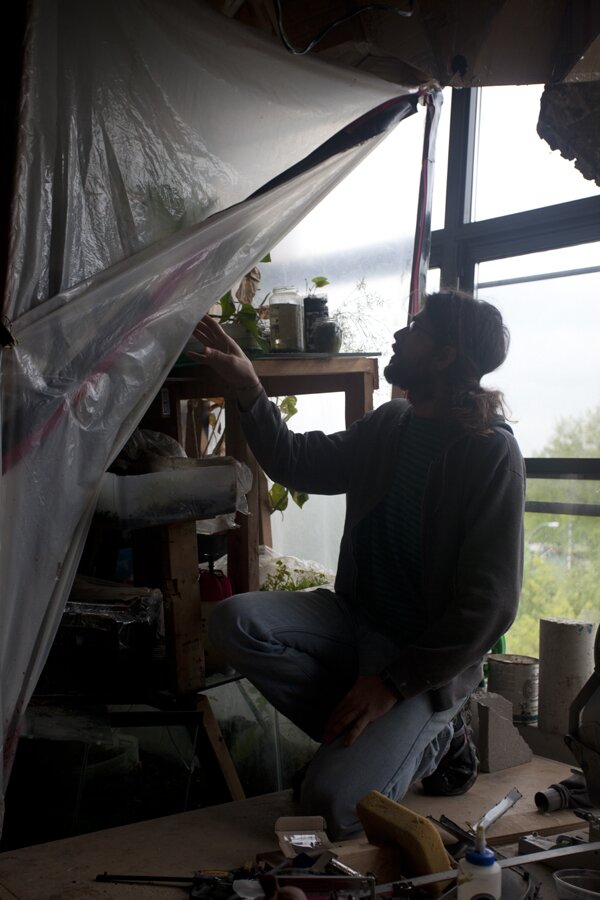
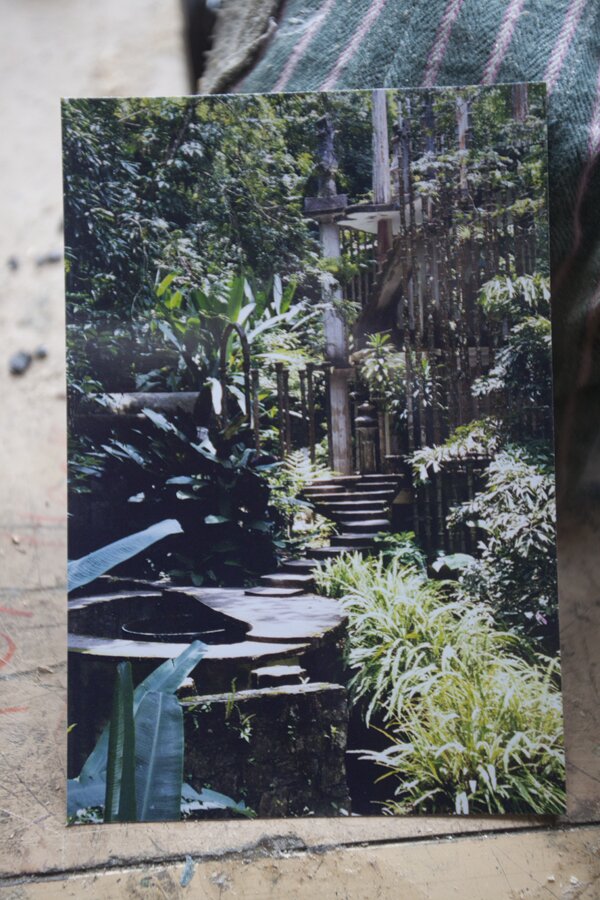

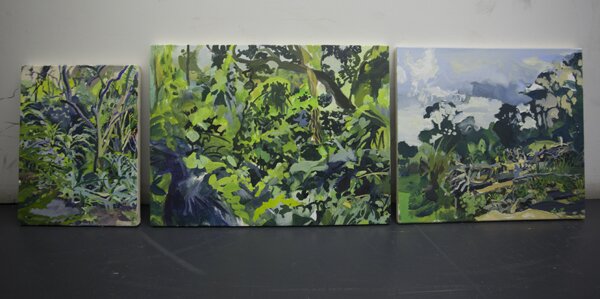
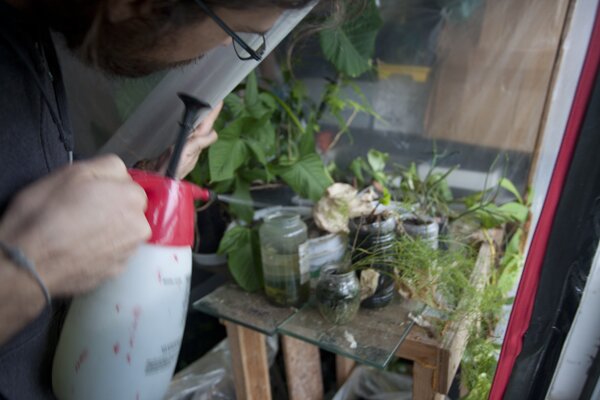





sterling, you is amazin–
Awesome, Sterling! Congratulations! The Caryatid needs to be in a public park; or better yet, in the center of a mall, like Tyrone Square. Carry on, sir.
Sterling – Your work inspires as well as educates and entertains. I love reading about the thought processes, feelings, and perspectives that inform your art. I’m smug with pride that you’re my nephew! Love, Aunt vicky
Pingback: Sterling Wells – Outtakes | #ffffff walls